Enhancing the overall English proficiencies: the teaching community share EMI pedagogy
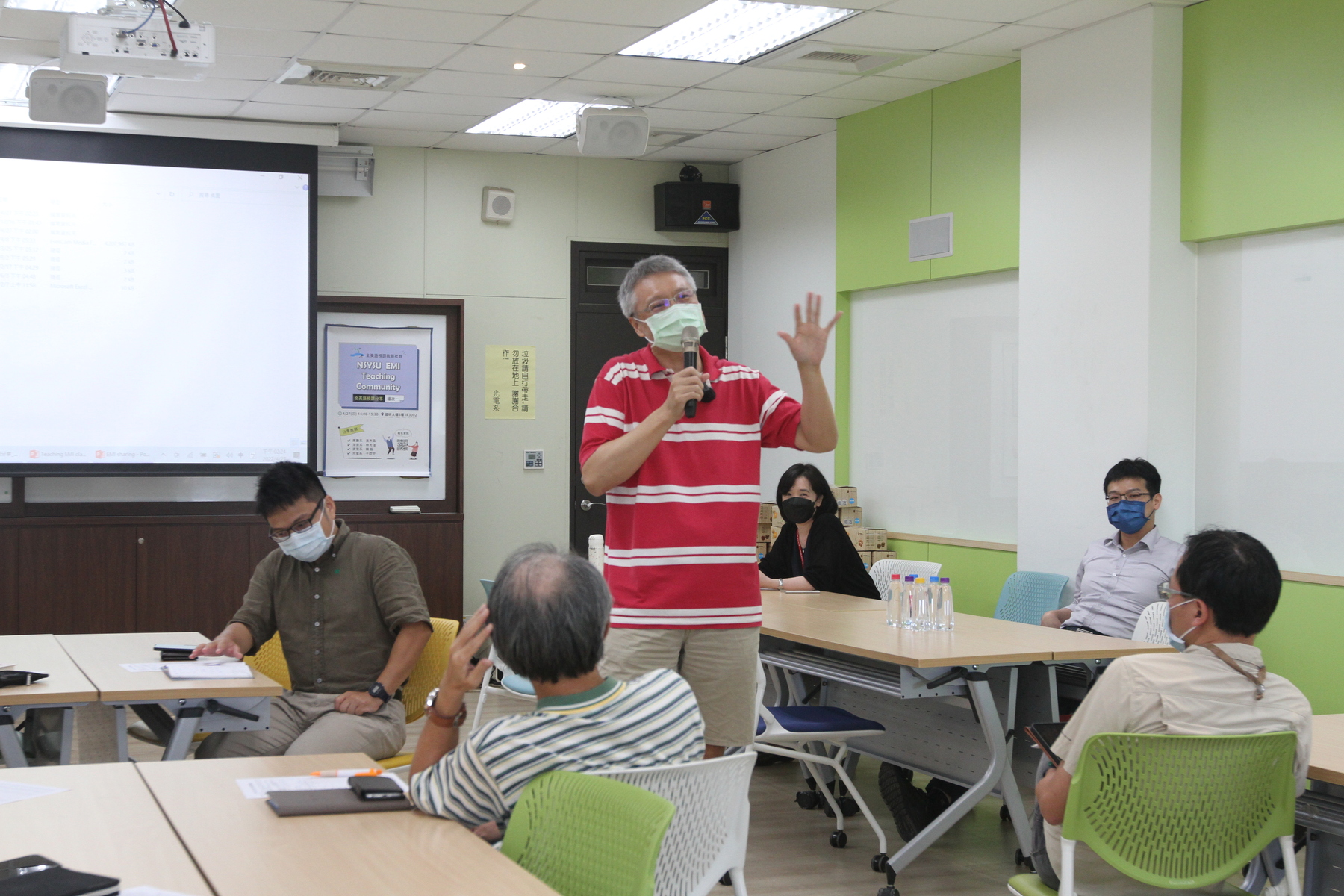
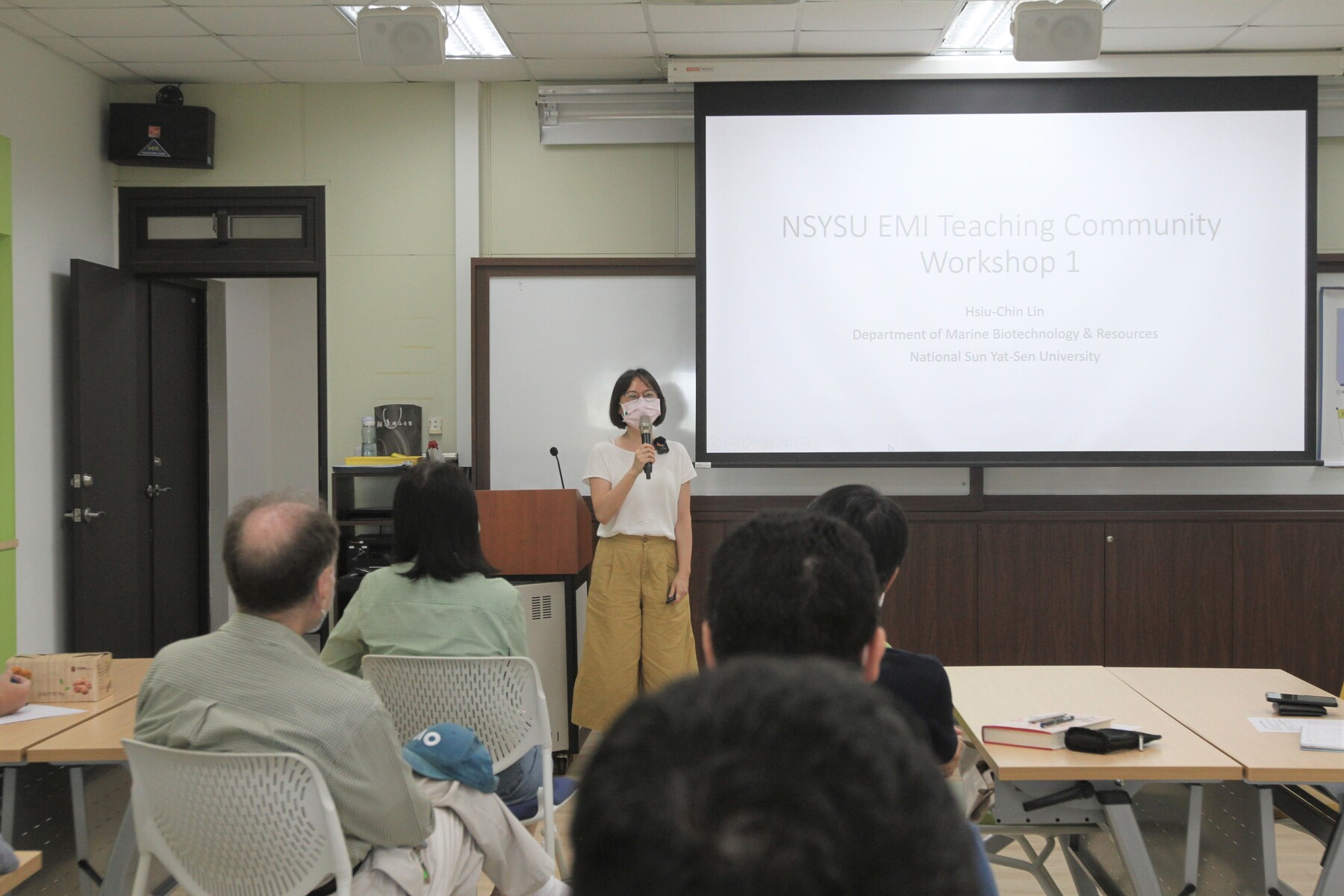
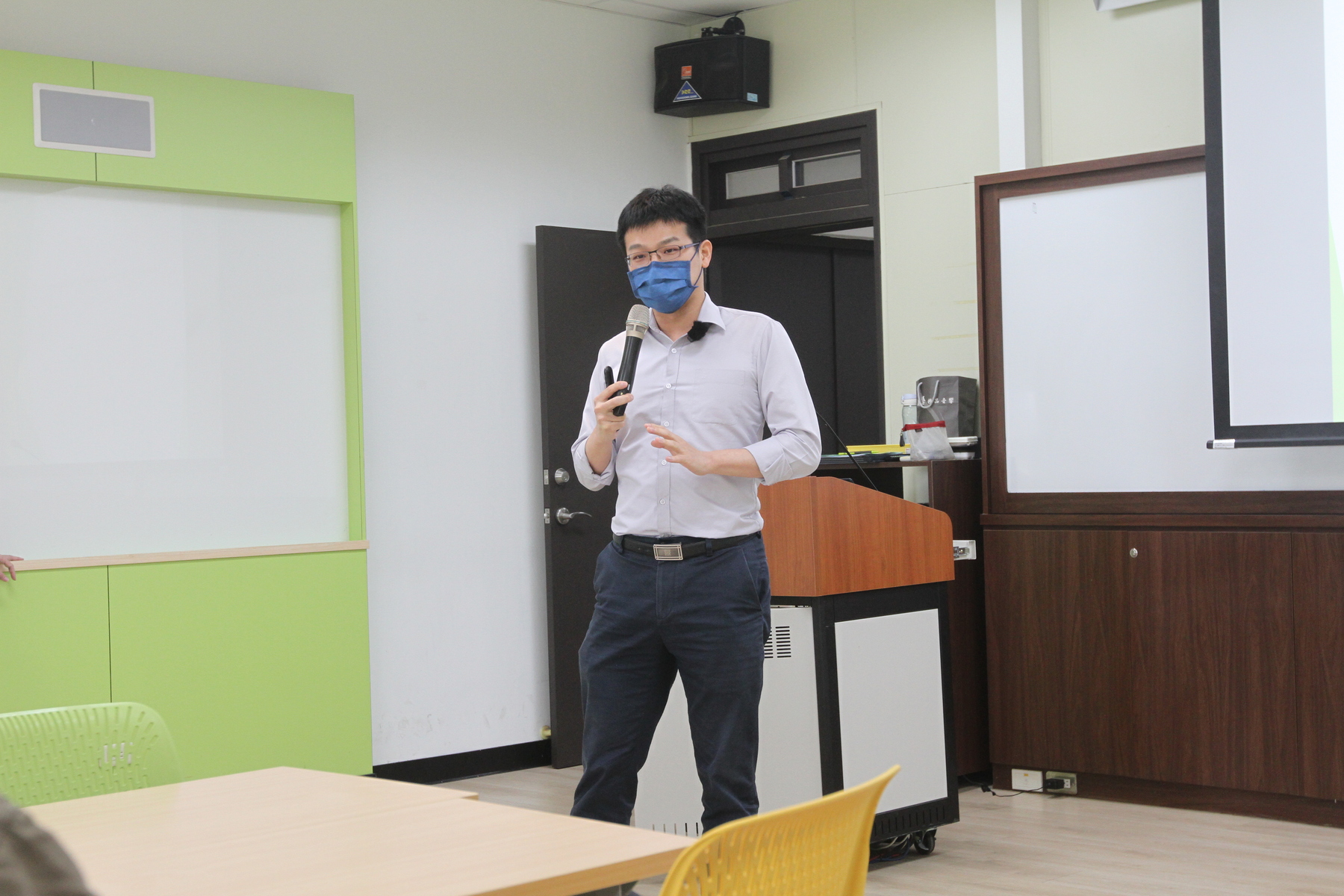
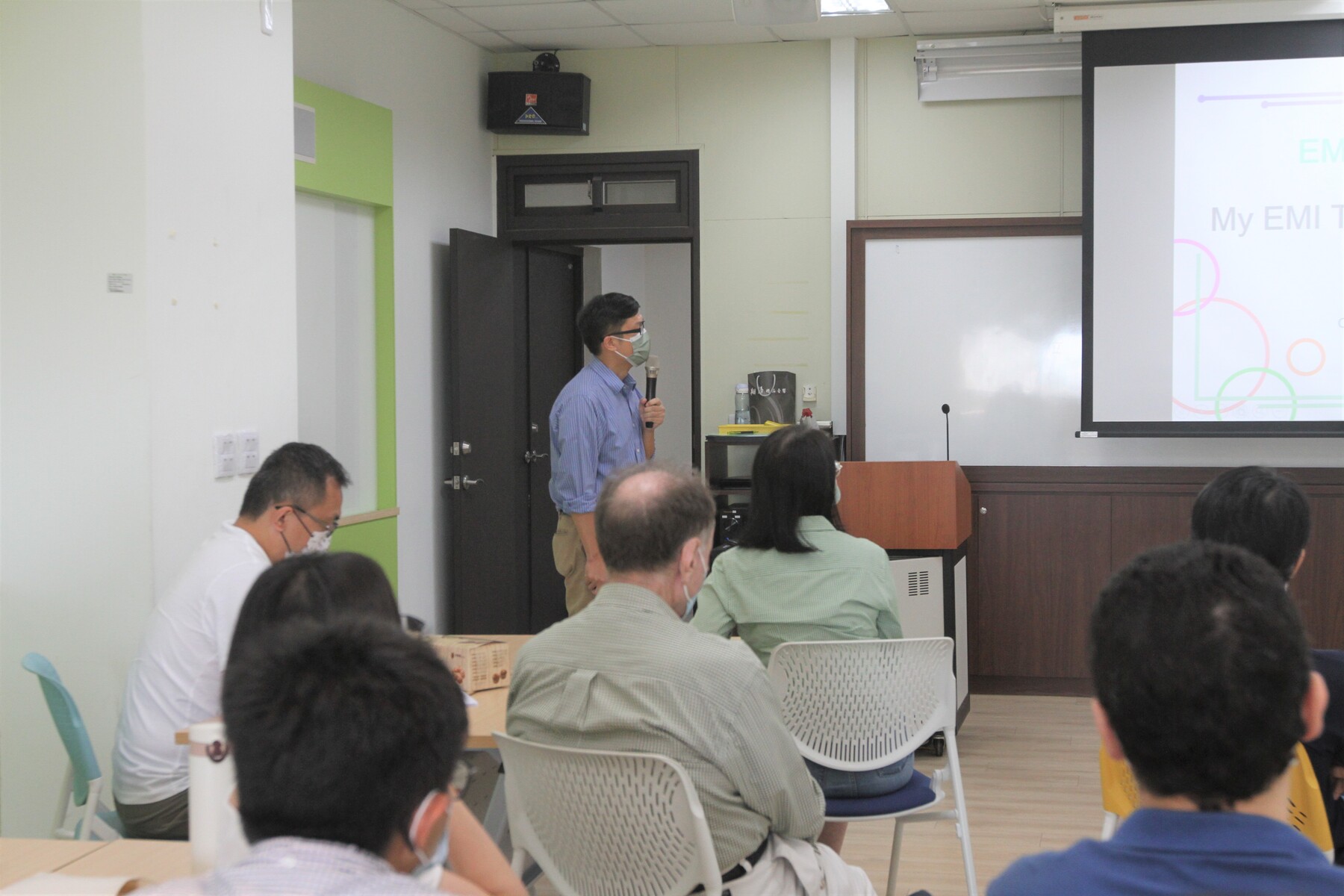
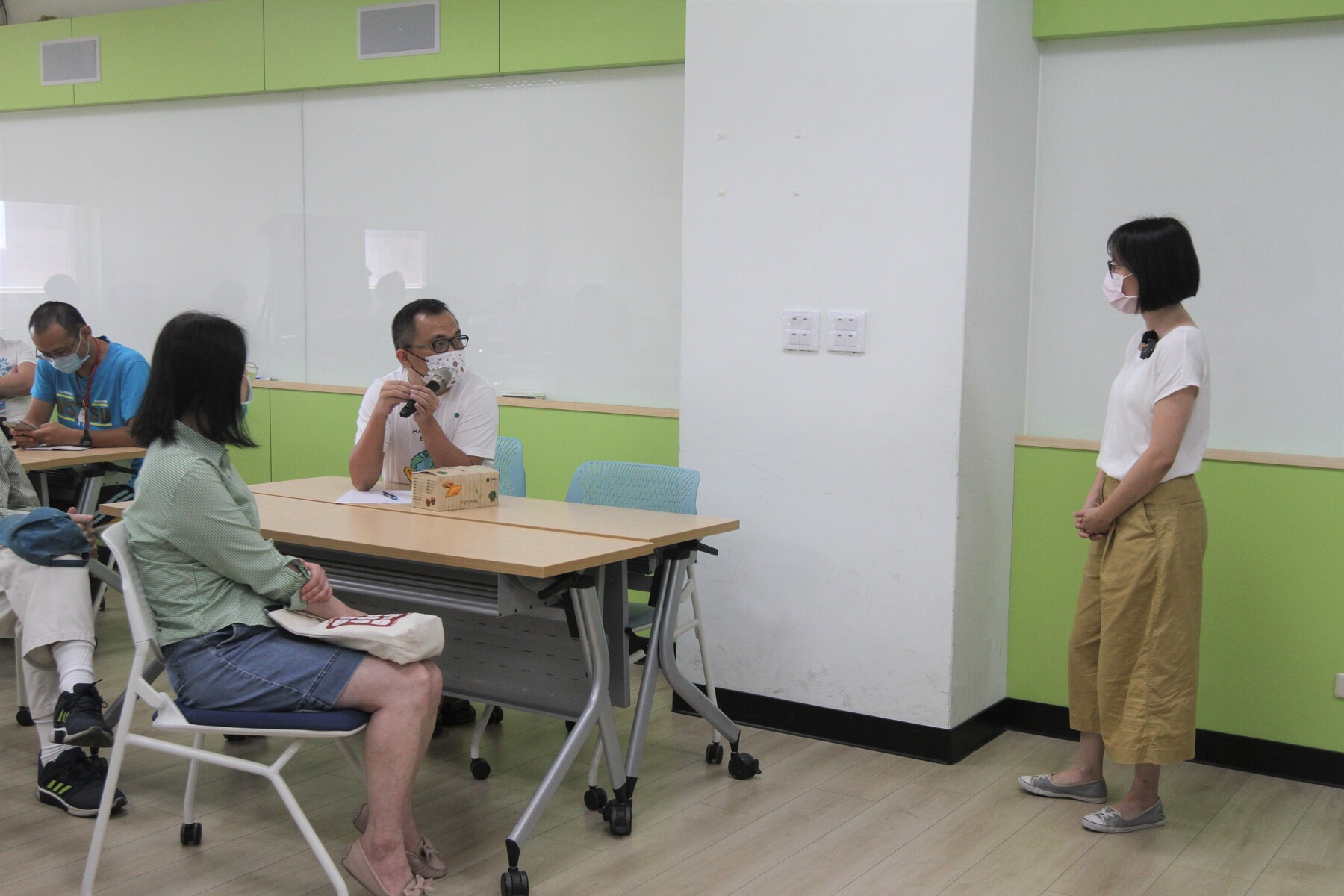
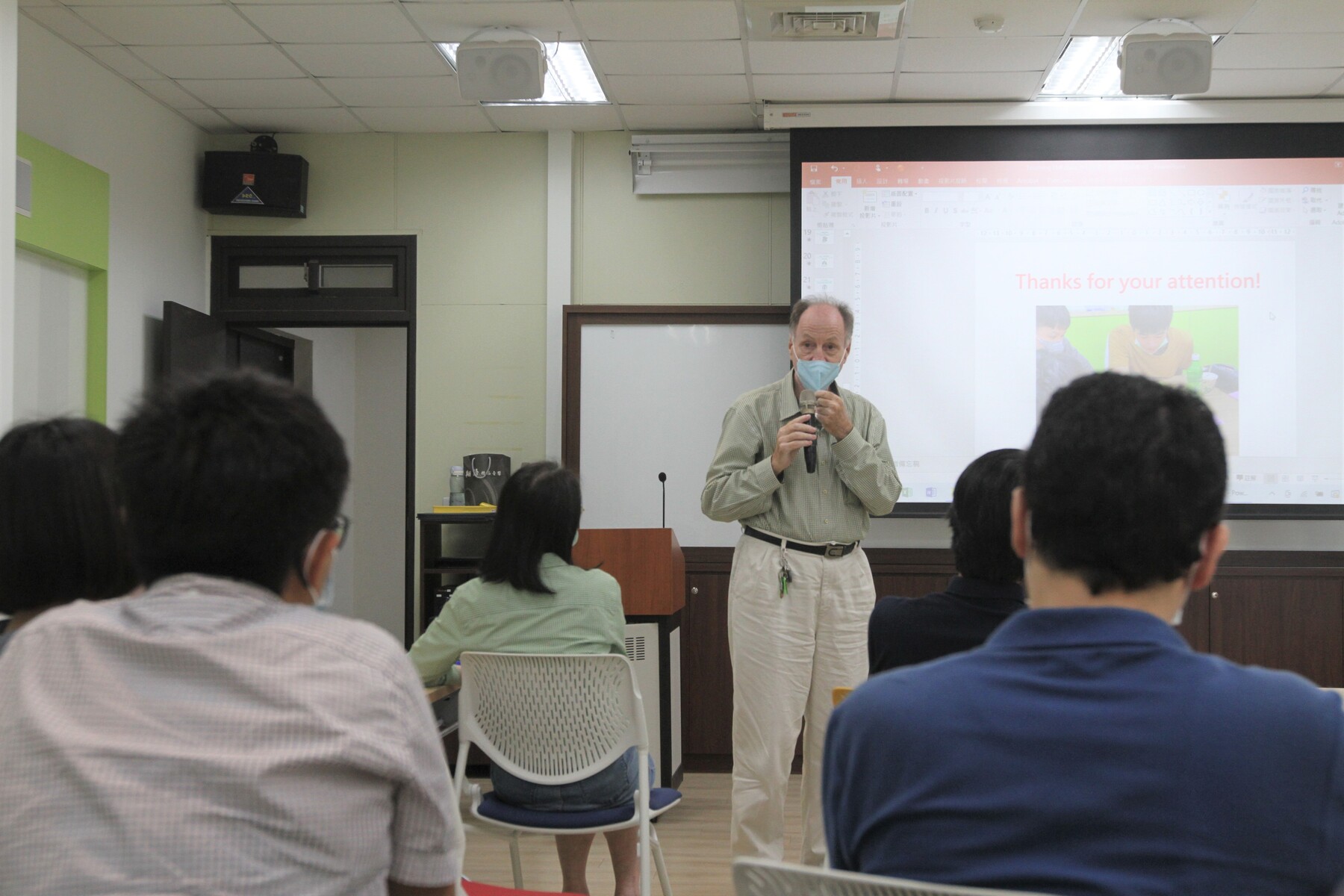
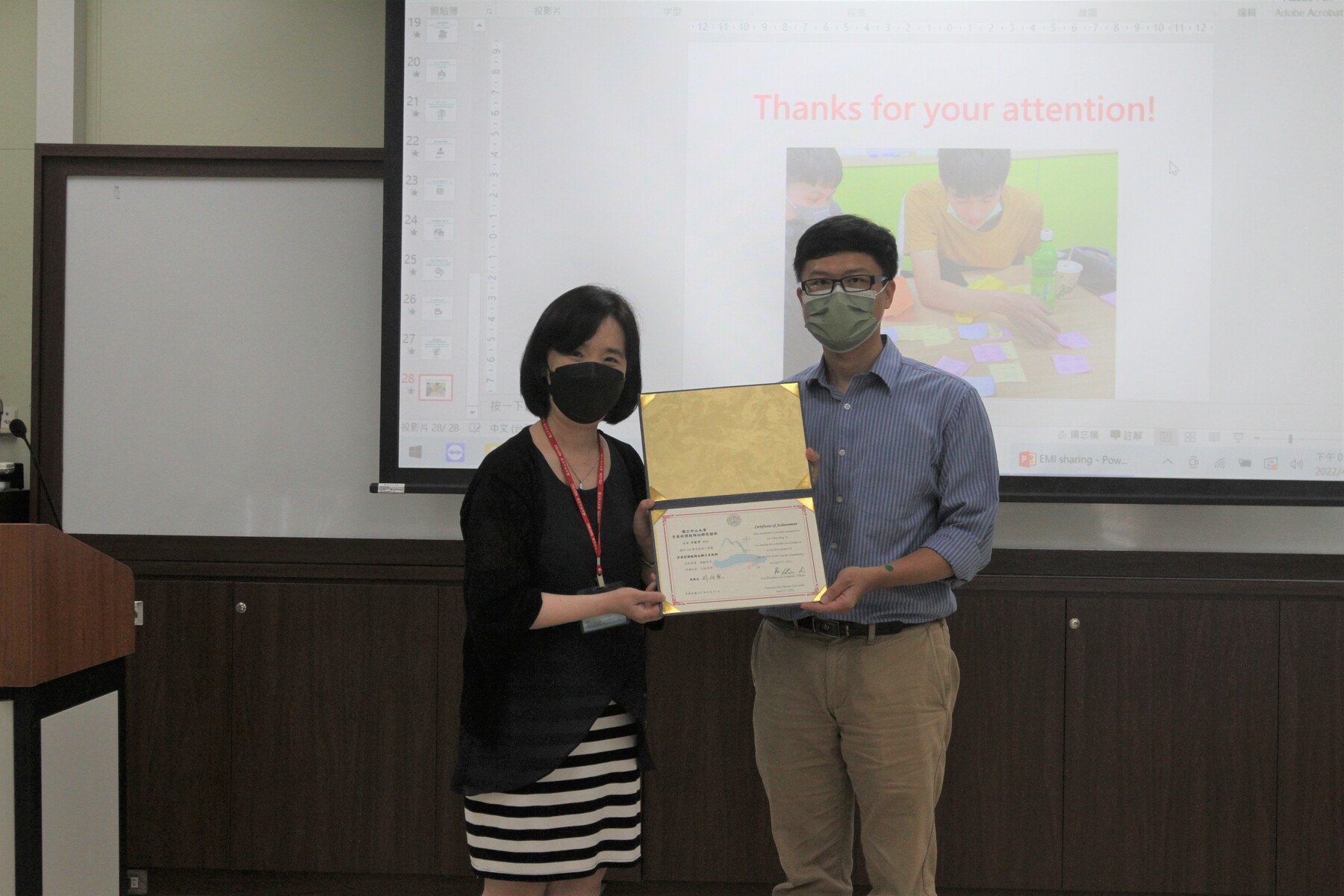
The Teaching and Learning Development and Resource center of NSYSU and Southern Regional Resource Center for Bilingual Education recently held the second activity of EMI teaching community in this semester. In a relaxing and pleasant atmosphere, professors shared and exchanged what they encountered when performing EMI lecturing. Four professors from different fields, Chieh-Sen Huang, distinguished Professor from Department of Applied Mathematics, Hsiu-Chin Lin, Associate Professor from the Department of Marine Biotechnology and Resources, Han Yi, Assistant Professor from Department of Information Management, and Chin-Ping Yu, Associate Professor from the Department of Photonic, beginning with focusing on how to create the atmosphere for English leaning, shared various EMI lecturing tips.
Professor Huang emphasized the importance of building students’ mindset for undergoing EMI classes. He believes the advantage of EMI class is to stimulate students’ learning motivations. For instance, students can understand foreign professional literatures more easily, have more opportunities in the path of pursuing career goal, and become more competitive in the globalized environment. On the other hand, dictions used in the syllabus are worth paying special attention. According to Professor Huang, syllabus determines students’ first impression of a course, and it helps a lot for students to know the course structure. Therefore, in syllabus, usages such as “understand” “know” “learn”, “appreciate” “think about” should be avoided, since they are too ambiguous. Instead, more refined words such as “discuss”, “explain”, “illustrate”, and “recommend” can be used to help them understand the goal of the course.
Professor Lin pointed out what EMI teachers are most afraid of is that students’ English is too underdeveloped to take care of specialties and English learning synchronously. She suggested teachers to use simple and spontaneous English while giving lecture, and always pay attention of students’ facial expression. If students’ complexion appears impassive, then professors should slow the pace down and elaborate. Besides, the unevenness of students’ English level is another problem. When it is the case, group discussion can be adopted to let students with more advanced English guide others and thereby reduce their anxiety. Lastly, if the teacher is not confident with being capable of performing EMI throughout the whole class, he or she should be mentally prepared in advance. EMI lecturing is not a job interview after all; it aims to enable teachers and students to learn from each other, create a relaxing learning environment, and reduce the instructor’s pressure.
Professor Han also shared the tips he applied in EMI classes. For example, the lesson can be recorded for students to review. Posing questions in class is also one tip. Undergraduate students may raise their hand and answer, while graduate students are able to formulate more complex ideas. Professor Han also found that students are quite unconfident to speak English. As a result, he usually spends the first half of his class to do warm-up in which students can answer with single word or through multiple choices question. In the second half, he gradually let students answer in complete sentences.
Professor Yu from the Department of Photonic, whose course was Electromagnetic Fields in Optoelectronics, explained that the content itself was already very difficult, a fortiori it was instructed in English, and that students’ would be worry about not being able to follow. Therefore, Professor Yu considered making students understand the primary goal, as well as making them feel at ease when responding in English. In order to achieve it, he applied “flipped teaching”, asking students to watch the teaching videos at home, and checked if they completed their assignment with in-class exam, and then he would review the key aspects in the class. After the in-class exam, he would also pose some questions for students to discuss in divided groups. Lastly, he used “Kahoot!” to examine the learning efficacy.
The four professors from different fields shared and exchanged precious EMI teaching experiences. Everyone learned a lot during the vivacious communication and discussion. The Teaching and Learning Development and Resource center of NSYSU and Southern Regional Resource Center for Bilingual Education will hold other sessions for sharing EMI teaching experience on May 27th and June 7th. All teacher from Southern Regional partners schools and NSYSU are welcomed to join! Please see https://reurl.cc/QL6LDq for more details.
